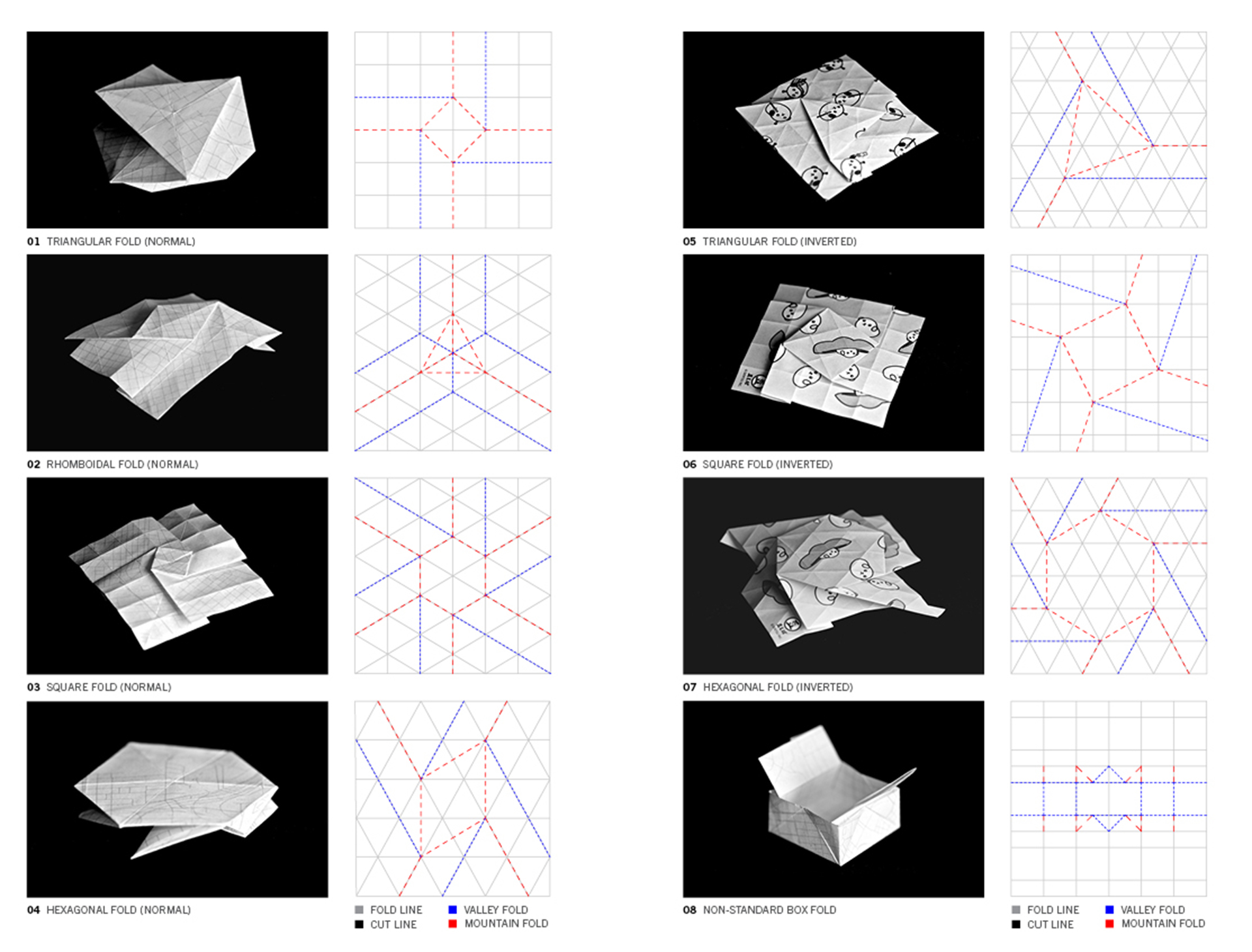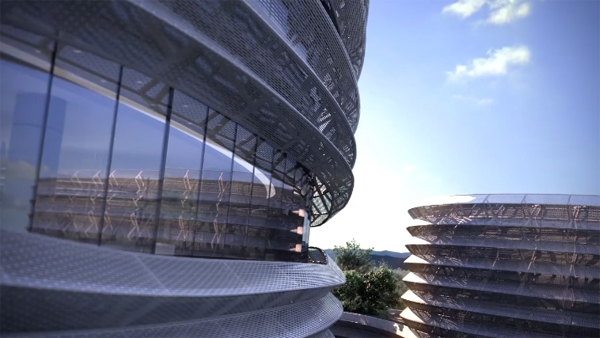Precedent
https://www.youtube.com/watch?v=ynzr7TQBf64What we are considering
IMS-1 50A Single Channel Super H Bridge Driver Module CW CCW Strong Braking
http://www.aliexpress.com/store/product/IMS-1-50A-Single-Channel-Super-H-Bridge-Driver-Module-CW-CCW-Strong-Braking/1391641_2047282429.html
My first attempt wire diagram
Other Motor Research
http://www.robotshop.com/blog/en/how-to-make-a-robot-lesson-3-actuators-2-3703Small Scale Build?
http://www.electan.com/microrax-elbow-hinge-p-4368-en.htmlhttp://www.robotshop.com/en/hitec-hs755hb-servo.html
-S



























